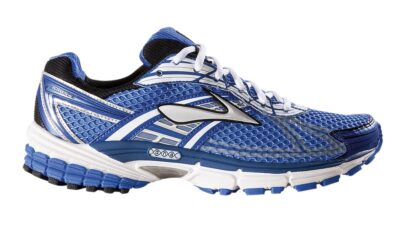Swimming is more than a recreational activity or a leisurely dip in the pool; it’s a powerful workout that leverages the unique properties of water to challenge the body in ways that dry-land exercises cannot. This article delves into the science of swimming, focusing on how water resistance transforms your workout and enhances physical conditioning.
Understanding Water Resistance
Water is denser than air, which means that any movement in water encounters resistance. This phenomenon is primarily categorized into two types of drag: form drag and wave drag.
1. Form Drag
Form drag is the resistance felt when a swimmer’s body is moving through water. The shape and position of the body significantly influence this drag. For instance, a streamlined body position reduces form drag, allowing swimmers to glide more efficiently. As swimmers become more adept at minimizing form drag, they can swim faster and conserve energy.
2. Wave Drag
Wave drag comes into play when swimmers create waves as they move. This drag increases with speed, meaning that the faster a swimmer goes, the more energy they expend fighting the waves they create. Competitive swimmers often develop techniques to reduce wave drag, such as a proper kick and body rotation during strokes.
Harnessing Water Resistance for a Full-Body Workout
Swimming engages multiple muscle groups, making it an exceptional full-body workout. The resistance of water forces muscles to work harder than they typically would on land. Unlike weight lifting, where muscles only face resistance in one direction, swimming provides resistance in multiple directions, enhancing muscle strength and endurance effectively.
Benefits of Water Resistance on Muscle Conditioning
-
Increased Muscle Engagement: Every stroke targets various muscle groups, including the core, arms, and legs. The effort required to pull through water translates to increased muscle engagement, resulting in higher calorie expenditure and improved muscle tone.
-
Low Impact, High Reward: Water’s buoyancy takes the strain off joints. This makes swimming an ideal workout for individuals of all ages, those recovering from injury, or anyone with joint pain. Water resistance provides a safe environment for building strength without the harsh impact often associated with land-based exercises.
-
Endurance and Cardio Conditioning: The continuous movement against water resistance elevates heart rate, providing an excellent cardiovascular workout. Swimming helps to build aerobic capacity while also improving muscular endurance, allowing individuals to perform activities for longer periods without fatigue.
- Enhanced Flexibility: The range of motion required in swimming strokes promotes flexibility. The resistance of water helps stretch muscles and joints, which can lead to overall better movement quality.
Professional Insight: The Importance of Technique
Technique plays a crucial role in maximizing the benefits of swimming. Proper form not only minimizes drag but also ensures that swimmers utilize their energy effectively. Swimming coaches emphasize the importance of refining stroke mechanics, breathing patterns, and body positioning to optimize performance.
Tips for Improving Technique
- Streamline Position: Practice gliding in the water by adopting a streamlined position immediately after push-off. This reduces form drag and enhances speed.
- Kick Efficiency: A strong, consistent kick helps propel the swimmer forward while also engaging core muscles. Focus on a flutter or flutter kick in conjunction with strokes.
- Rotational Movement: Engaging the core and rotating the body while swimming freestyle can reduce drag and increase propulsion.
Conclusion: The Transformative Power of Water Resistance
Swimming is a unique workout that harnesses the transformational power of water resistance. By engaging multiple muscle groups while providing low-impact benefits, swimming becomes not just a way to stay fit but also a comprehensive physical training regimen. Understanding how water resistance works can help swimmers of all levels enhance their technique, boost their fitness, and unlock new levels of performance.
So, whether you’re a seasoned swimmer or just starting, embrace the science of swimming—your body will thank you for it!



